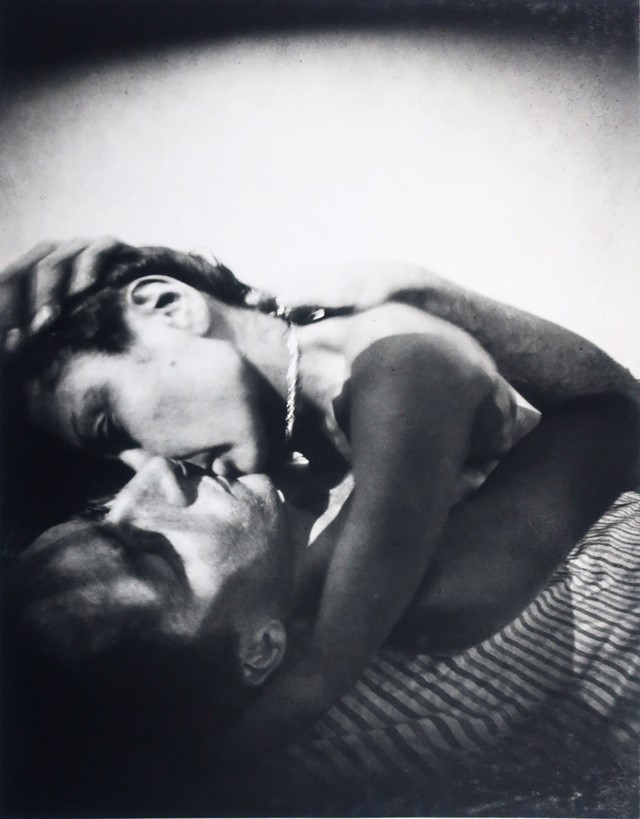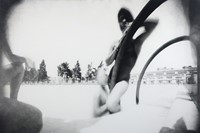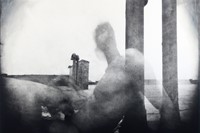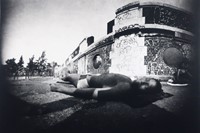A new exhibition at Daniel Cooney Fine Art brings together sexually intimate works by American artist Paul Smith, shot on a pinhole camera
An integral part of the downtown New York art scene in the 1980s, American artist Paul Smith got involved with the legendary Lower East Side gallery ABC No Rio in 1983 exhibiting work from the civil war in Guatemala. Primarily a painter making panoramic works, Smith began using a homemade pinhole camera to experiment with perspectives, creating a series of black and white landscapes and sensuous scenes of sexual self-discovery made during the height of the Aids crisis.
In the new exhibition, The Human Curve opening Saturday, November 14 at Daniel Cooney Fine Art in New York, Smith brings together a selection of these works, some of which were first exhibited in Bodily Fluids at Greathouse Gallery in the East Village in the 1980s.
“It was an exciting time for me,” Smith recalls. “Through Tim Greathouse I met David Wojnarowicz, Peter Hujar, Zoe Leonard, and Marcus Leatherdale. I had three solo shows at Greathouse Gallery, but Bodily Fluids was the least commented on show at the time. It wasn’t so common then for people to exhibit sexually intimate and frank work then.”
Here, Smith takes us back to the streets and rooftops of New York for a tender look at beauty, desire, and love.
“I had mixed feelings about the queer scene. I didn’t grow up around homosexuality and it was in the culture much less in those days. When I first moved to New York, I didn’t identify with the leather bars, the cowboy bars, and the action at the piers. I rode my bicycle on the West Side Highway to work and would often see guys having sex on the highway. John Giorno described it as a golden period for homosexuality in his memoir Great Demon Kings, but I was alienated from it. Through the Pyramid Club and being involved with the Greathouse Gallery, I gradually became more affirmative about homosexuality.
“When I was making the photographs for Bodily Fluids, I was posing with Marion Scemama, a very adventurous Moroccan-French woman photographer who had helped David Wojnarowicz do his Sex Series. The homosexual scenes in my series were made with a straight friend of mine, Joe, who was unperturbed by intimate poses but uninterested in having any sexual relationship with me. It was more exploratory and confused on my part.
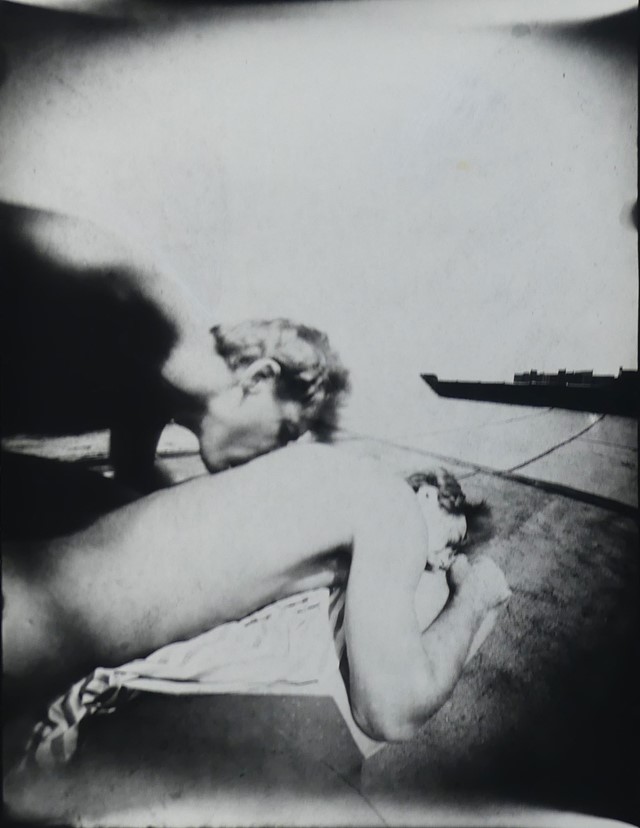
“We were shooting on the rooftop. Even in bright sunlight, my exposures were three minutes long to get good focus with the pinhole camera. The poses were an attempt to get in close. I wanted to depict sex from a participant’s point of view, rather than from a voyeur’s. I would set up a shot but it was pretty improvisatory; I suppose I was just operating out of my libido. A year or two later I posed for David Wojnarowicz. He did some of the photographs of me with the lips sewn shut and another with a bandaged hand holding coins. I was very impressed by how he worked out his sense of subject.
“The East Village art scene collapsed before the decade was even out and my dealer died of Aids-related causes at the beginning of the 90s. Then David Wojnarowicz died. For a long time I just decided to withdraw. It’s a shock when you suddenly realise it’s been 30 years since this work was seen.”
Paul Smith: The Human Curve is at Daniel Cooney Fine Art from November 14–December 19, 2020.
